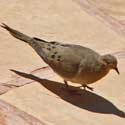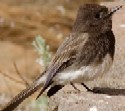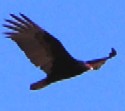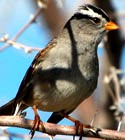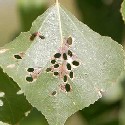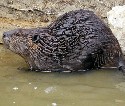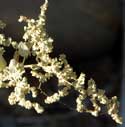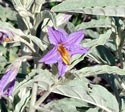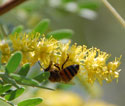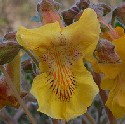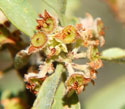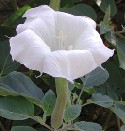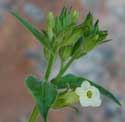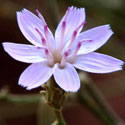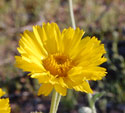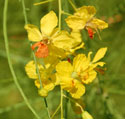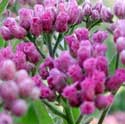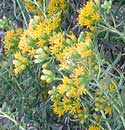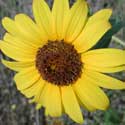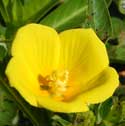Phoenix Waste Water Reclamation
"Tres Rios Hayfield Site"
(Presently Closed to the Public)
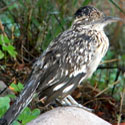

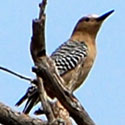
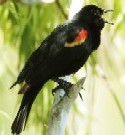


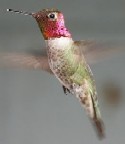
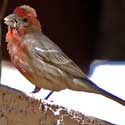
Introduction
For most people the idea of a weekend visit to the city wastewater treatment facility does not suggest a pleasant and relaxing outdoor experience. Yet a visit to the City of Phoenix Wasterwater Reclamation site, a.k.a Tres Rios, is a surprising and wholesome adventure! Wildlife and flora are abundant here ... after all this is a desert where an abundance of water of any kind makes for an oasis. Modern sewage treatment is a far cry from what it was decades ago. Today the water emerging from this state-of-the-art sewage treatment system is nearly odor-free, and, first and foremost, it is safe for wildlife and visitors. Certainly the Salt River environment of 150 years ago would have had much more aesthetic appeal, but given that time travel can only be arranged through imagination we should recognize this as a valuable wildlife resource. Amazingly there are beavers, bobcats and raccoons among the wildlife here in Phoenix! The name Tres Rios refers to the confluence of three nearby rivers: Gila, Salt and Agua Fria.
Birding and nature watching are the primary attractions and with the rapid growth of large willows, mesquites and cottonwoods there are plenty of shaded paths and secluded glades. To reach the facility from I-10 in west Phoenix/Tolleson - Exit # 134, then drive south on 91st Ave. about 6 miles.
